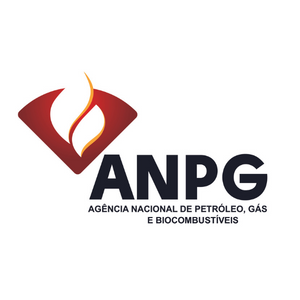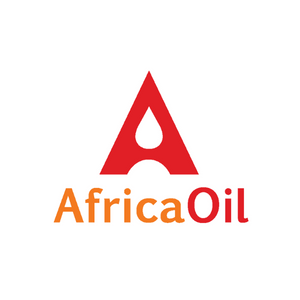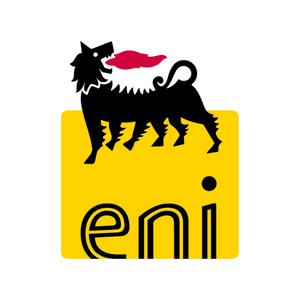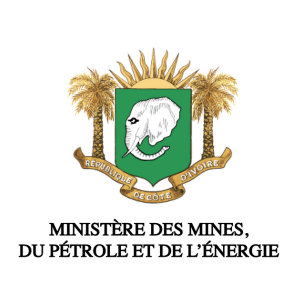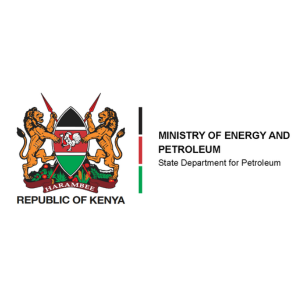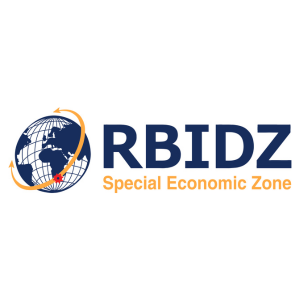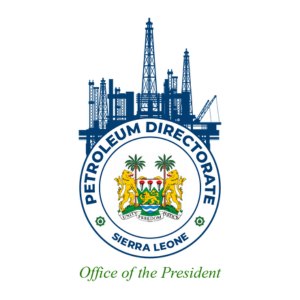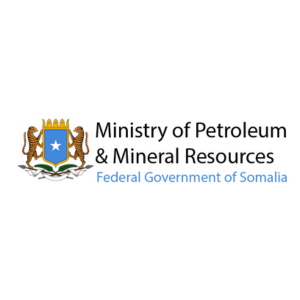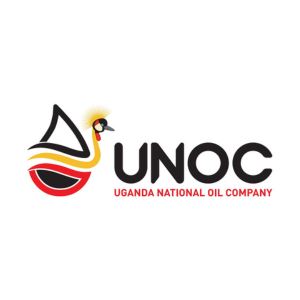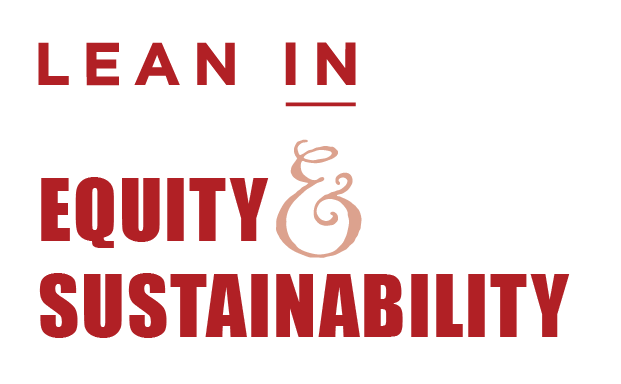Mar 21 | 2024
Africa's geothermal energy sector is poised for a significant leap, with investments projected to reach $35 billion by 2050, potentially surpassing Europe's geothermal capacity within the decade.
Africa's geothermal energy sector is poised for a significant leap, with investments projected to reach $35 billion by 2050, potentially surpassing Europe's geothermal capacity within the decade. This forecast by Rystad Energy underscores the critical role geothermal energy is expected to play in meeting Africa's growing energy demands.
The Great Rift Valley, spanning 6,000 kilometers from Eritrea to Mozambique, is central to this development. Its thin crust offers easier access to geothermal resources, making it a prime location for energy projects. Kenya's Olkaria Geothermal Power Station, operational since 1981 and covering 200 square kilometers, attests to the potential, currently delivering nearly 900 megawatts with plans to increase to 5,000 megawatts by 2030.
“Despite being home to only about 1 gigawatt (GW) of geothermal capacity in 2023 – half of Europe’s total – Africa's total installed capacity will more than double by 2030, based solely on already announced projects,” Rystad Energy said in its report last November.
“If we also consider yet-to-be-announced projects needed to meet government targets, capacity could triple by 2030. By 2050, we expect geothermal power generation capacity in Africa to expand to 13 GW, more than double the expected 5.5 GW of installed capacity in Europe. Kenya and Ethiopia will lead the growth of Africa’s geothermal sector, accounting for close to 90% of total capacity.”
At the COP28 summit, Kenya, currently Africa’s largest producer of geothermal energy, secured a $1 billion deal for a geothermal project at Suswa with the Indonesian government and Masdar-backed Pertamina Geothermal Energy. The deal allows Kenya to develop a 300-megawatt geothermal power plant that will supply electricity to the national grid and support industrial development.
Additionally, AMEA Power of the UAE and the Geothermal Development Co. of Kenya committed $800 million to a 200-megawatt Paka Geothermal Project. The project, when completed, will also feed into the national grid and contribute to Kenya’s sustainable energy mix.
Last year, geothermal energy accounted for 28% of the installed capacity of energy sources in Kenya, making it the single biggest contributor to its energy mix, according to the International Energy Agency (IEA).
The momentum in geothermal exploration extends beyond Kenya. East African nations, including Burundi, Rwanda, Zambia, Tanzania, and Uganda, have announced plans for geothermal exploration. Ethiopia is also advancing, with the Tulu Moye project commissioning Kenya Electricity Generating Co. (KenGen) for drilling operations.
The geothermal narrative also extends to West Africa, with countries like Chad, Cameroon, Nigeria, Ghana, Côte d'Ivoire, Liberia, Sierra Leone, Guinea, Senegal, Mauritania, and Algeria showing geothermal prospects. The West Congolian Belt and southern Africa's orogenic belts also exhibit geothermal potential.
Looking ahead
In his keynote address at the Africa Climate Summit held last year in Kenya, President African Development Bank President Akinwumi Adesina stressed: “Every economy can only go as far as the energy it produces,” emphasizing the role of energy in driving growth and development of Africa, where 600 million people still live without access to electricity.
“We have to make sure we combine renewable energy sources and give Africa energy security, energy stability, affordability of energy and independence into the energy sector, to be able to power its economy.”
With Africa's geothermal capacity expected to more than double by 2030, the continent is set to rise from the sixth to the third largest geothermal power generator globally. This growth is not just about electricity; it's also about direct use applications that promise to transform communities and industries across Africa.
With the right mix of policy support, investment, and public awareness, the continent's geothermal resources could be the key to powering economic growth and sustainable development for generations to come.
For more industry news and the latest reports sign up to our monthly newsletter:
The Great Rift Valley, spanning 6,000 kilometers from Eritrea to Mozambique, is central to this development. Its thin crust offers easier access to geothermal resources, making it a prime location for energy projects. Kenya's Olkaria Geothermal Power Station, operational since 1981 and covering 200 square kilometers, attests to the potential, currently delivering nearly 900 megawatts with plans to increase to 5,000 megawatts by 2030.
“Despite being home to only about 1 gigawatt (GW) of geothermal capacity in 2023 – half of Europe’s total – Africa's total installed capacity will more than double by 2030, based solely on already announced projects,” Rystad Energy said in its report last November.
“If we also consider yet-to-be-announced projects needed to meet government targets, capacity could triple by 2030. By 2050, we expect geothermal power generation capacity in Africa to expand to 13 GW, more than double the expected 5.5 GW of installed capacity in Europe. Kenya and Ethiopia will lead the growth of Africa’s geothermal sector, accounting for close to 90% of total capacity.”
At the COP28 summit, Kenya, currently Africa’s largest producer of geothermal energy, secured a $1 billion deal for a geothermal project at Suswa with the Indonesian government and Masdar-backed Pertamina Geothermal Energy. The deal allows Kenya to develop a 300-megawatt geothermal power plant that will supply electricity to the national grid and support industrial development.
Additionally, AMEA Power of the UAE and the Geothermal Development Co. of Kenya committed $800 million to a 200-megawatt Paka Geothermal Project. The project, when completed, will also feed into the national grid and contribute to Kenya’s sustainable energy mix.
Last year, geothermal energy accounted for 28% of the installed capacity of energy sources in Kenya, making it the single biggest contributor to its energy mix, according to the International Energy Agency (IEA).
The momentum in geothermal exploration extends beyond Kenya. East African nations, including Burundi, Rwanda, Zambia, Tanzania, and Uganda, have announced plans for geothermal exploration. Ethiopia is also advancing, with the Tulu Moye project commissioning Kenya Electricity Generating Co. (KenGen) for drilling operations.
The geothermal narrative also extends to West Africa, with countries like Chad, Cameroon, Nigeria, Ghana, Côte d'Ivoire, Liberia, Sierra Leone, Guinea, Senegal, Mauritania, and Algeria showing geothermal prospects. The West Congolian Belt and southern Africa's orogenic belts also exhibit geothermal potential.
Looking ahead
In his keynote address at the Africa Climate Summit held last year in Kenya, President African Development Bank President Akinwumi Adesina stressed: “Every economy can only go as far as the energy it produces,” emphasizing the role of energy in driving growth and development of Africa, where 600 million people still live without access to electricity.
“We have to make sure we combine renewable energy sources and give Africa energy security, energy stability, affordability of energy and independence into the energy sector, to be able to power its economy.”
With Africa's geothermal capacity expected to more than double by 2030, the continent is set to rise from the sixth to the third largest geothermal power generator globally. This growth is not just about electricity; it's also about direct use applications that promise to transform communities and industries across Africa.
With the right mix of policy support, investment, and public awareness, the continent's geothermal resources could be the key to powering economic growth and sustainable development for generations to come.
For more industry news and the latest reports sign up to our monthly newsletter:








